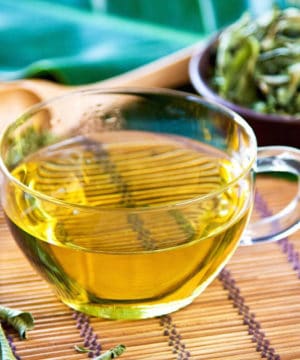Fragrance oil, also called aromatic oil, is a mixture of synthetic and/or natural fragrances used to perfume various products. The use of fragrance oil includes many applications, including candles, cp soap, pouring soap, aroma diffusers, scented lamps, perfume, effervescent ball fragrance oil and cosmetics.
Fragrance oils in candles
Making candles with fragrance oils is a popular hobby that can result in delicious-smelling results. Candle fragrance oil is added to melted candle wax before it is poured into the candle mold. It is important to use the right amount of oil so that the candle not only smells good, but also burns well. Normally about 6-10% fragrance oil is added to all the amount of wax used. When making candles, it is crucial for safety reasons to know the flash point (the point at which the oil can ignite) of fragrance oils.
Fragrance oil in Cold process soap
Cold process soap making is a traditional soap making process in which oils and lye combine to undergo a chemical reaction called saponification. CP fragrance oil plays a crucial role in this process by giving the soap a pleasant fragrance. Once the lye and oils are mixed and begin to thicken, the fragrance oil follows. It is important to mix them evenly so that the scent is the same everywhere. In addition, you should also consider the time you need, as some fragrance oils can cause your soap to harden faster.
Fragrance oil in pouring soap
Cast soap making is a simple alternative to cold process soap, where you melt and reshape pre-made cast soap bases. Cast soap fragrance oils are added to the melted cast soap base before being poured into molds. Because the base is already saponified, it’s just a matter of melting, scenting and pouring; therefore, they are ideal for beginners,” says Kayla Fioravante.” The amount of fragrance oil used varies, but usually 1-2% of the total mass is enough.
Fragrance oils for diffusers
Diffusers are gadgets that diffuse fragrance oils into the air, creating a pleasant scent in a room. There are many different types of aroma diffuser fragrance oils. There are different types of diffusers, such as reed, ultrasonic and mist diffusers. In reed diffusers, a mixture of fragrance and carrier oil, such as diffuser base, is poured into a bottle and sticks are inserted. The sticks absorb the oil and gradually release the fragrance into the air. Ultrasonic diffusers use water mixed with fragrance oils to create a fine mist that diffuses the scent, while nebulizers use pure fragrance oils to release highly concentrated scents.
Fragrance oil for a scented lamp
Fragrance lamps, also known as aroma lamps or perfume burners, are old-fashioned devices for diffusing fragrance into a room. They work by heating fragrance lamp fragrance oil, releasing the aroma into the air. You can do this by placing a small candle (tea light) under a bowl of water and a few drops of fragrance oil. As the water slowly evaporates, it diffuses the fragrance into the air. Modern electric scent lamps operate without a flame, making them safer for long-term use.”
Making fragrance oil into perfume
Making perfume with fragrance oils is an art in itself. This means that perfume fragrance oil consists of three different layers, namely top notes, heart notes and base notes. Top notes are the first you smell; then heart notes follow and finally base notes usually stay the longest. To balance this, fragrance oils are carefully blended together to generate composed perfumes. These oils are often mixed in an alcohol base such as canned alcohol for diluting and stabilizing the scent. Making perfume requires precision and patience; however, beautiful scents can be created by using proper technique.
Fragrance oils in cosmetics
Cosmetics fragrance oil is widely used in the cosmetics industry to perfume products such as lotions, creams, body butters and bath products. Safe skin fragrance oils must be considered when making cosmetics. Some fragrance oils can cause skin irritation; thus, it is crucial to choose essential oils that are dermatologically tested or suitable for cosmetic use otherwise not condition dermatologically tested oils usable for beauty purposes usually does not enjoy so much priority…. One must also ensure careful control of the concentration of fragrance oil to meet safety and efficiency guidelines.



